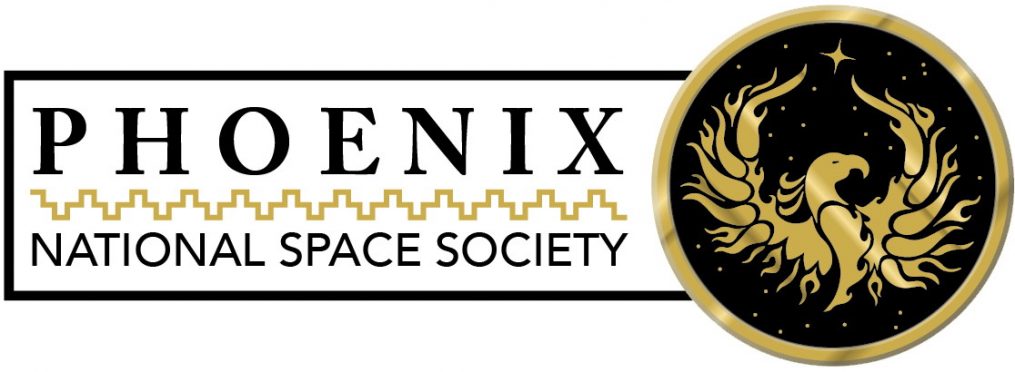|
|
Dutch schoolteacher Hanny van Arkel, discovered the strange green “voorwerp” (Dutch for “object”) in 2007 while working on the Galaxy Zoo Project. Today, she presented the Hubble image seen below at the AAS meeting in Seattle. The Hubble Site press release comments that:
The object is located near IC 2497, a spiral galaxy about 700 million light years from the Earth. |
|
It appears that the giant galaxy began tidally shredding a dwarf galaxy a billion years ago. The result is a trail of stars, gas and dust extending from IC 2497. At the end of this 300-light-year-long gaseous streamer is Hanny’s Voorwerp. What makes the situation unusual is that the process of shredding the dwarf galaxy fed the quasar at the heart of IC 2497, spewing intense ultraviolet light and X-rays. These bombarded the Voorwerp and heated the gas. The quasar turned off, apparently quite suddenly, between 70,000 and 100,000 years ago. The green color is attributed to glowing oxygen energized by the now quiet quasar. |
|
|
The Hubble Space Telescope image below from the Wide Field Camera 3 and Advanced Camera for Surveys, shows the yellow and orange star forming region in the upper right portion of the Voorwerp. Observations show that the quasar’s beam caused the collapse of the region and triggered the star formation, the youngest of which are only several million years old. Professor William C. Keel is a member of the Galaxy Zoo team and leader of the Hubble study. He teaches at the University of Alabama. Keel notes:
Radio astronomy shows that the green pod of gas is part of a large structure that wraps around the nearby spiral galaxy. The Voorwerp is the only optically visible portion of this structure. |
|
|



